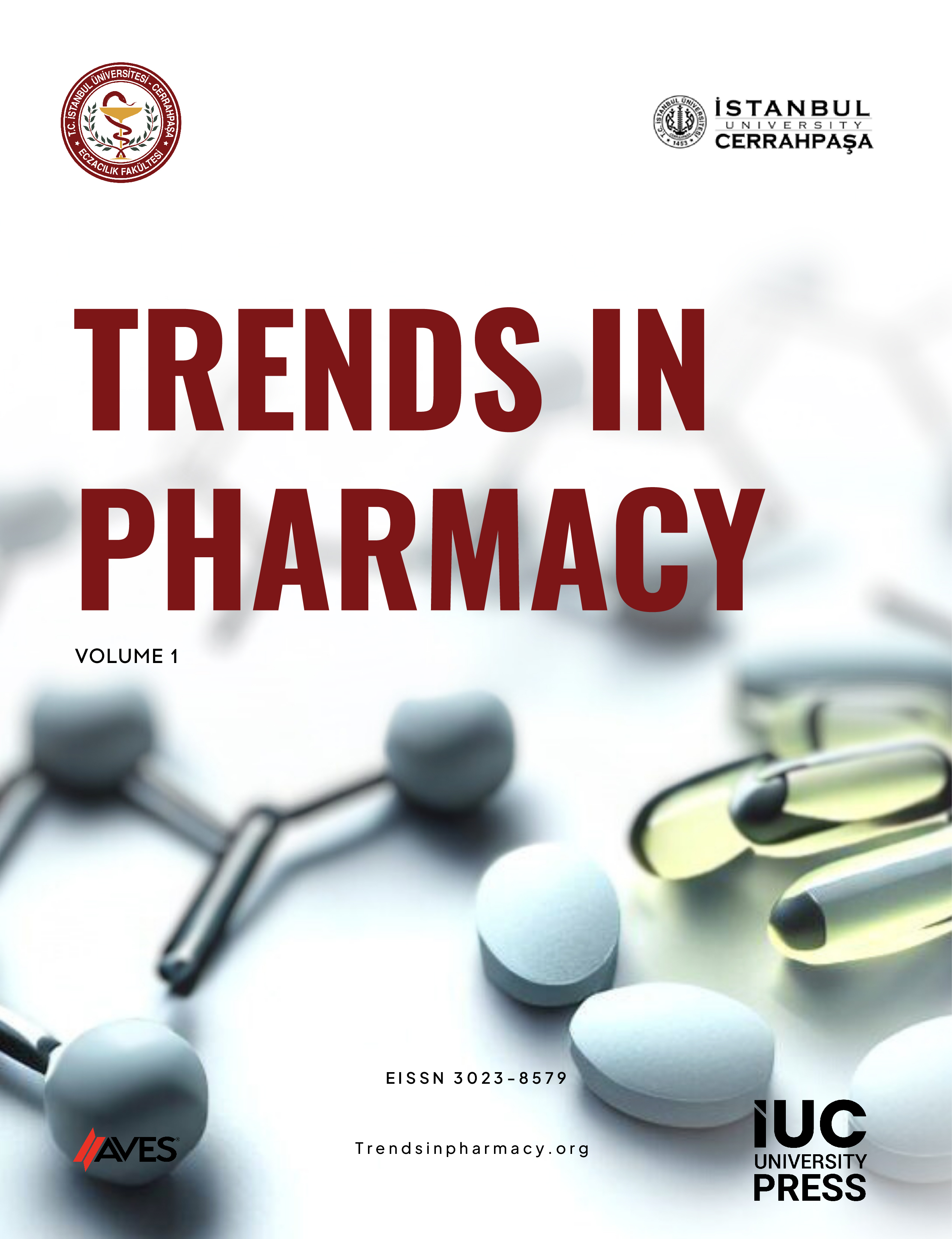Background: Tuberculosis remains the most prevalent infectious disease, requiring the identification of new targets and drugs due to emerging drug resistance for Mycobacterium tuberculosis. Virtual screening has the potential to be highly valuable for identifying new drug candidates by searching through compound databases. The present study involved screening a library of around 3.5 million selected compounds from the ZINC20 database and a reference inhibitor library from literature to identify strong inhibitors against the Decaprenylphosphoryl-β-D-ribose 2'-epimerase (DprE1) enzyme of M. tuberculosis through virtual methods.
Methods: A two-step selection of compounds was carried out from the ZINC20 database using stringent reference physicochemical ranks based on the reference inhibitor library. The resulting library comprised 2700 compounds from the ZINC database along with 21 reference inhibitors from the literature exhibiting MICs of 10 μM or lower. Docking simulations were performed for a total of 2721 compounds based on the AutoDock Vina tool using python-based computational drug discovery software, PyRx against the crystal structure of M. tuberculosis DprE1 enzyme (Protein Data Bank, PDB: 4P8K).
Results: After docking analysis of the selected final library (2721 in total), we determined 21 molecules as top-ranked compounds. The top-ranked compounds from the ZINC20 library had a ΔG in the range of -11 and -11.9 compared to -7.7 and -10.9 of the selected 21 reference inhibitors with MICs of 10 μM or lower. Among the whole library, ZINC000009429240 and Ref3 emerged as the highest ranked compounds, exhibiting a ΔG value of -11.9 and -10.9, respectively. ZINC000009429240 and Ref3 were determined to show H-bond interactions with 228S and 418K versus 132H, 228S and 60Y, respectively.
Conclusion: Here, we virtually identified a largely distinct set of compounds as effective inhibitors for the DprE1 enzyme of M. tuberculosis. The data gathered in this study may have the potential to be developed into effective drug molecules.
Cite this article as: Yaşar N, Ayvaz AS, Dilek G. Virtual screening of potent inhibitors for Mycobacterium tuberculosis arabinogalactan synthesis. Trends Pharm. 2024, 1, 9, doi: 10.5152/TrendsPharm.2024.23009



